How to Remove Soap Scum From Shower Walls
It’s easy for soap scum to make its way into your shower. The fatty acids that come from your bar soaps react to water, and as a result, they cling to surfaces throughout your bathroom. And once it builds up, it can be hard to remove soap scum from shower walls.
While you can’t eliminate soap scum completely, it’s possible to manage it. Here’s how to remove soap scum from shower walls, shower curtains, bathroom fixtures and more.
Choosing the Right Shower Cleaners
You can either purchase a commercial product or make your own cleaner. Either option works, so it’s up to your preferences. You’ll likely be able to use a homemade cleaner for more than one surface. For example, a commercial product won’t always be suitable for a surface like a glass shower door. Consider how much cleaner you’ll need to tackle your bathroom.
You can make a homemade soap scum cleaner with a few ingredients and tools. You’ll need:
- Baking soda
- White vinegar
- Dish soap
- Table salt (optional)
- Microfiber cloths
- A soft-bristled brush
- A spray bottle
You’ll use some or all of these ingredients depending on the material of your shower. In most cases, you can combine the baking soda and white vinegar to form a paste. In other instances, it’s better to use a mix of white vinegar with water. Check out the four types of shower wall materials listed below to learn more.
These ingredients will eliminate soap scum from ceramic tile and glass doors. If you have a shower made with stone or fiberglass, it’s best to purchase a special cleaner so that you don’t cause damage. You can clean metal fixtures with the products listed above. A brass surface only needs water.
It’s always a good idea to test your products beforehand. If you don’t trust yourself to make a safe DIY cleaner, you should look for products at the store. Always choose options for your specific shower wall material — and the gentler, the better.
How to Apply Cleaner to Your Shower
Here’s how to apply the cleaner to your shower to remove soap scum from shower walls. You’ll need to use the right method according to the material of your shower walls. You should clean your shower at least once a week to prevent soap scum buildup.
1. For Tile Surfaces
How do you remove soap scum from a tile shower? Take a look.
Combine one part vinegar with one part water. Add a little dish soap and pour the mixture into a spray bottle. Spray the solution onto the tile liberally. You’ll want to let the product rest for 15 to 30 minutes. You could use this time to clean elsewhere if needed.
When you return, you’ll use the brush to scrub the entire surface gently. Then, you should rinse the area with warm water. Use a cloth to dry the tiles thoroughly. Repeat this process whenever you notice any soap scum remnants. You can’t fully eliminate soap scum, but it’s easy to keep at bay with this cleaner.
2. For Glass Surfaces
Mix the baking soda and white vinegar together until you have a paste. Moisten a clean cloth with the mixture. If you have a particularly large mess to handle, you can dip the cloth into a little table salt to add grittiness. This mixture will remove extensive soap scum more easily. Don’t go overboard because you want to avoid scratches.
Rub the mixture onto the targeted area. Let the paste sit on the surface for at least 15 minutes. Then, you can use a damp cloth to remove the mixture. Rinse the door or enclosure with warm water before you use a clean cloth to dry it.
It’s essential not to use overly abrasive ingredients or tools on your glass fixtures since they can become scratched. If you make this mistake, it’s generally simple to remove any fine scratches from those surfaces. Feel free to clean your tile and glass surfaces simultaneously so that you can tackle two areas at once.
3. For Granite and Marble Surfaces
A natural stone surface will be more challenging to tackle than others. That’s because it’s fragile when compared to materials like tile. Therefore, it’s necessary to use special cleaners and methods. Be sure to follow these steps carefully.
Look for a commercial cleaner that targets soap scum or hard water on natural stone. If you want to use a DIY recipe, it’s crucial to test your product in an unnoticeable spot. This process will ensure you don’t damage your entire shower wall.
Follow the instructions according to your chosen product. You’ll likely have to spray the substance and let it sit for around 15 minutes. Then, you can use a soft brush or cloth to scrub everything around so that you remove the soap scum.
4. For Fiberglass Surfaces
Fiberglass tends to be a popular material for shower stalls. Like with natural stone, you have to use a non-abrasive cleaner for fiberglass so that nothing becomes dull. A commercial product made for fiberglass is your best bet. That said, you can also use a mixture of baking soda and white vinegar.
Follow the directions for your specific cleaner. If you’re going the DIY route, you should mix your baking soda and white vinegar together to form a paste-like consistency. Spread that across your shower walls. Then, you should let everything rest for 10 minutes before you rinse and dry.
If your soap scum problem is pretty intense, you should substitute the white vinegar for hydrogen peroxide. Let that mixture sit for around 30 minutes. Borax can also work well for tough stains on certain parts of your shower.
What About Other Surfaces?
There are times when you’ll notice soap scum around your sink, counter or other spots throughout your bathroom. Your shower curtains can even get stained with soap scum. A few tricks will help you clean those areas and items.
White vinegar will be your best friend for these instances. This ingredient works best for chrome and other metal surfaces. You can also use it to clean your showerhead. If your faucet is brass or bronze, it’s best to just use water. You can always dilute the white vinegar with water to make your mixture gentler.
Tougher grime around your bathroom can be tackled with baking soda and lemon juice. It’s always smart to do a spot test before you use anything. This way, you won’t inadvertently damage any fixtures or surfaces.
It’s easy to clean your shower curtains, too. A mixture of water and vinegar works well for this process, as well. This trick works for both plastic and fabric shower curtains. While your shower curtains get washed, you can clean your shower walls. Easy!
Ways to Prevent Soap Scum
This soap scum issue only happens when you use bar soap. A liquid shampoo or conditioner won’t leave any residue behind. You may want to switch out your current products for these alternatives if you’ve had to deal with excess soap scum.
You could also install a water softener if your current system uses hard water. The minerals that make up hard water create an ideal environment for soap scum. Some salts or pellets could be useful if you don’t want to take on such a significant project.
Also, you should make sure that your shower stays dry whenever you don’t bathe. A shower that stays wet or damp for a long time after use can help soap scum gather. Use a squeegee to wipe down the walls and door after you step out.
These efforts will ensure that you don’t have to clean as often. There won’t be so much buildup — and that means less maintenance for you. Be sure to keep an eye on your shower curtain, as well.
Use These Tips to Keep Your Shower Sparkly Clean
The methods for how to remove soap scum from shower walls vary for different surfaces. But these quick tricks can keep your shower walls clean and maintained every week. As long as you keep up with the soap scum, it’ll be a lot easier to handle.
Source: https://renovated.com/how-to-remove-soap-scum-from-shower-walls/

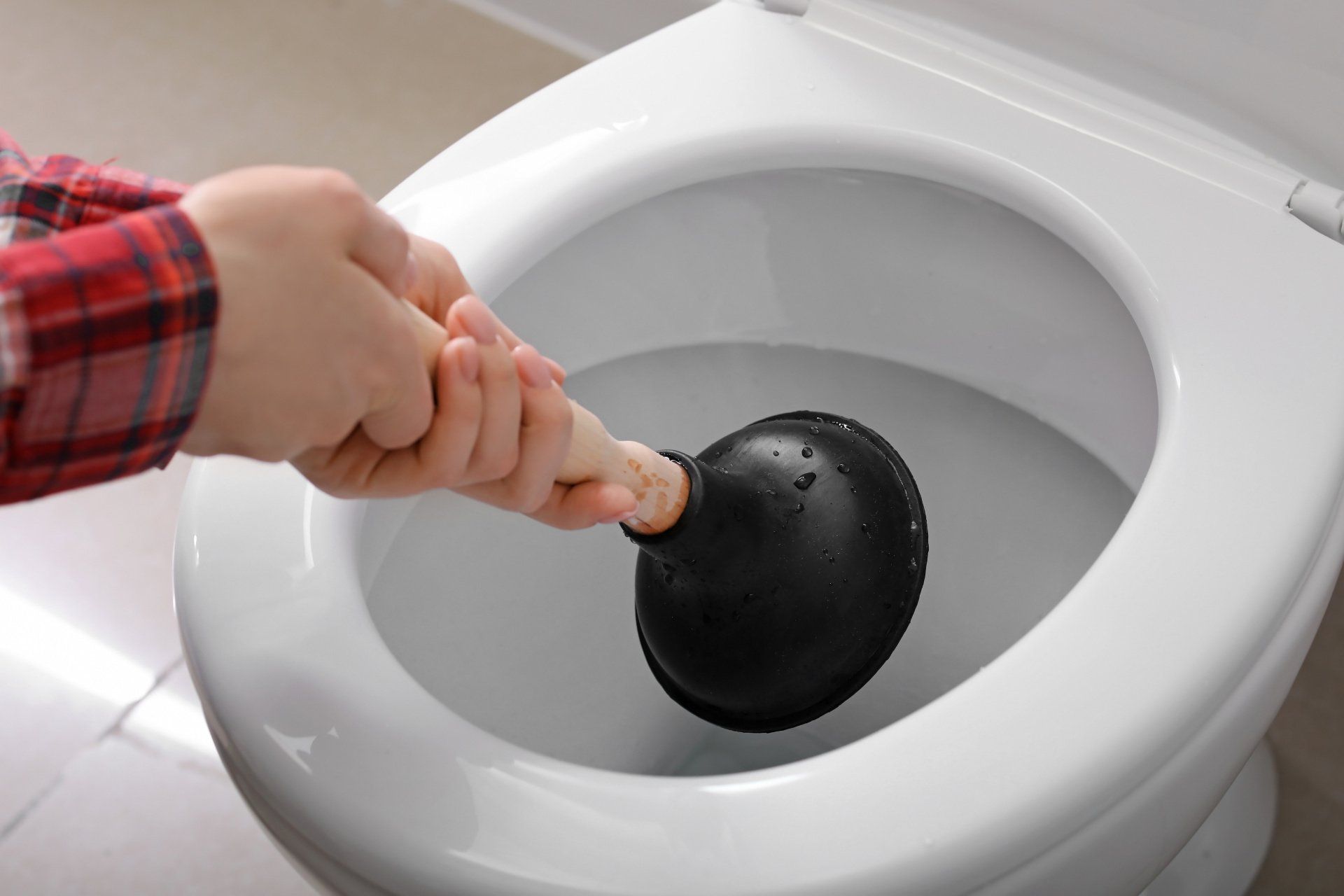
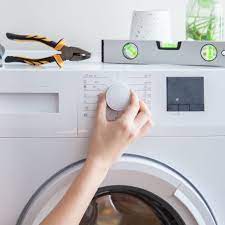
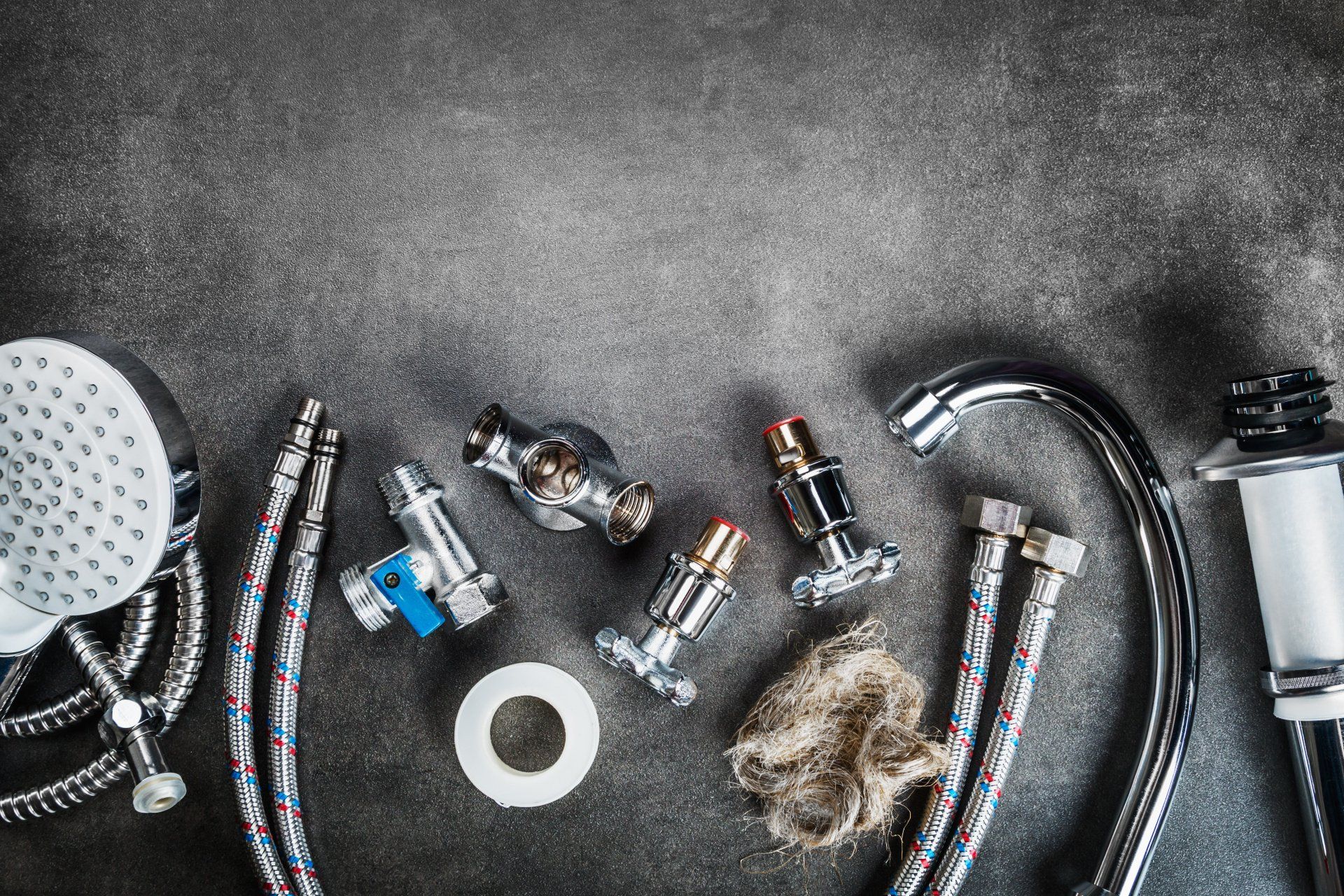
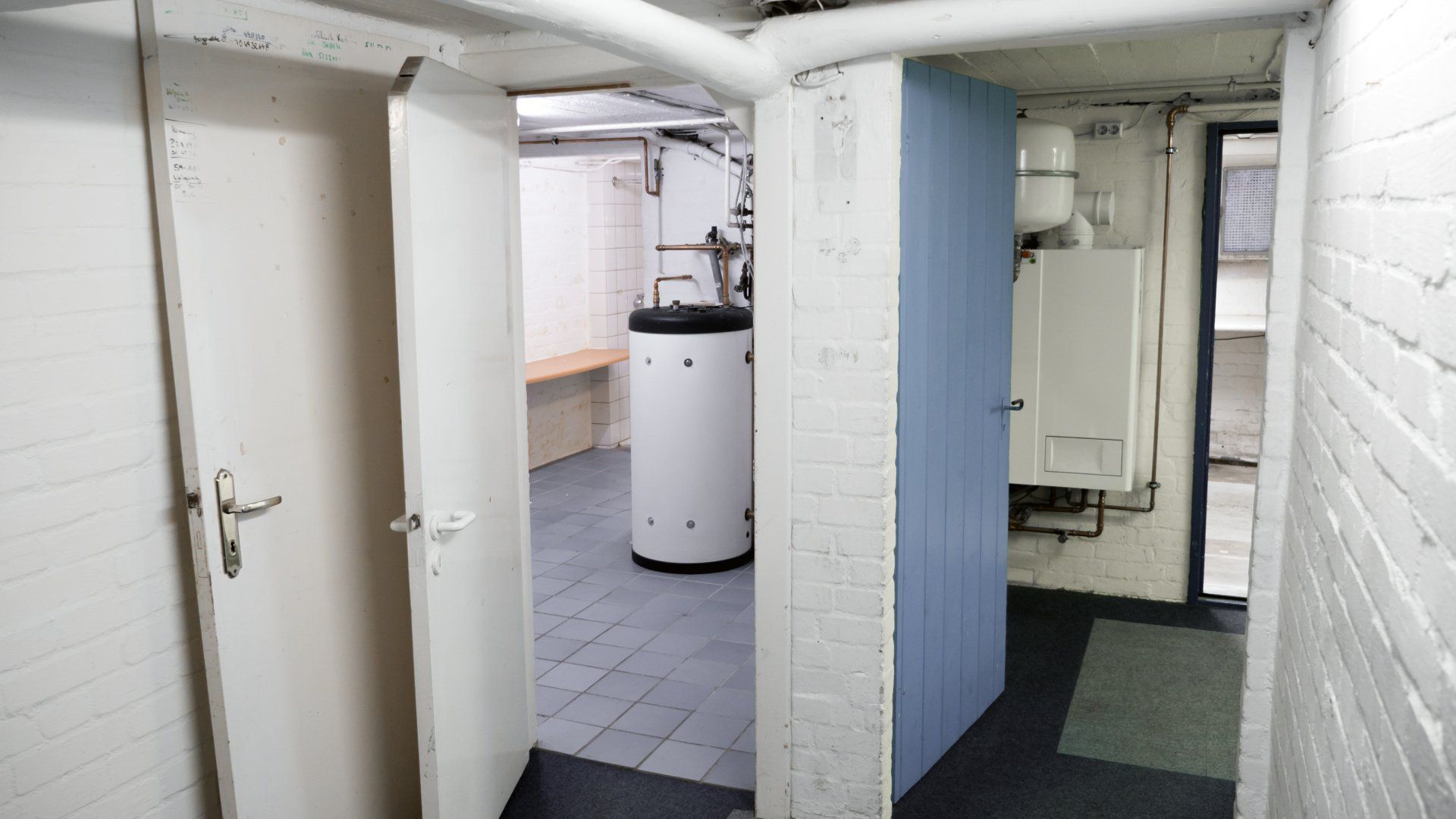
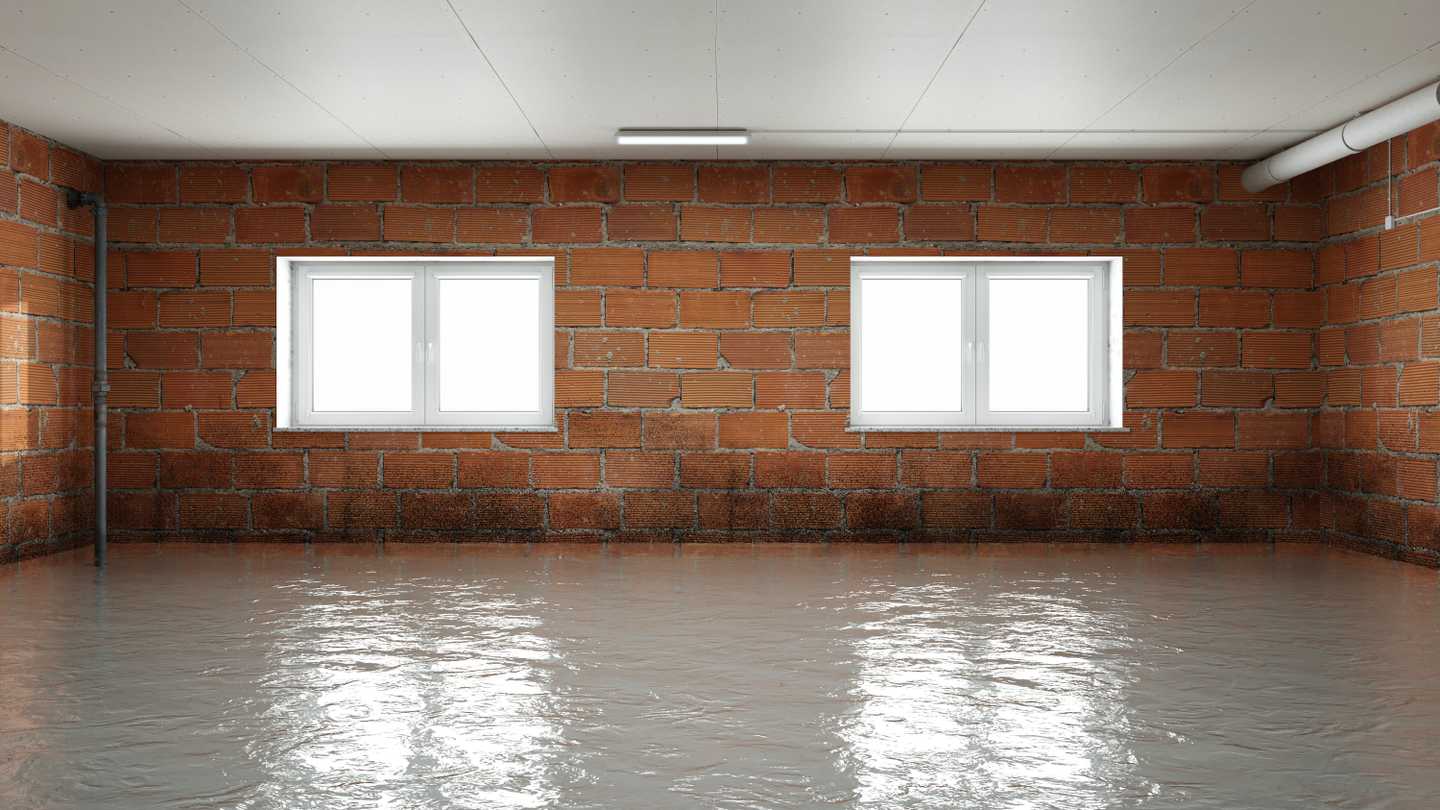
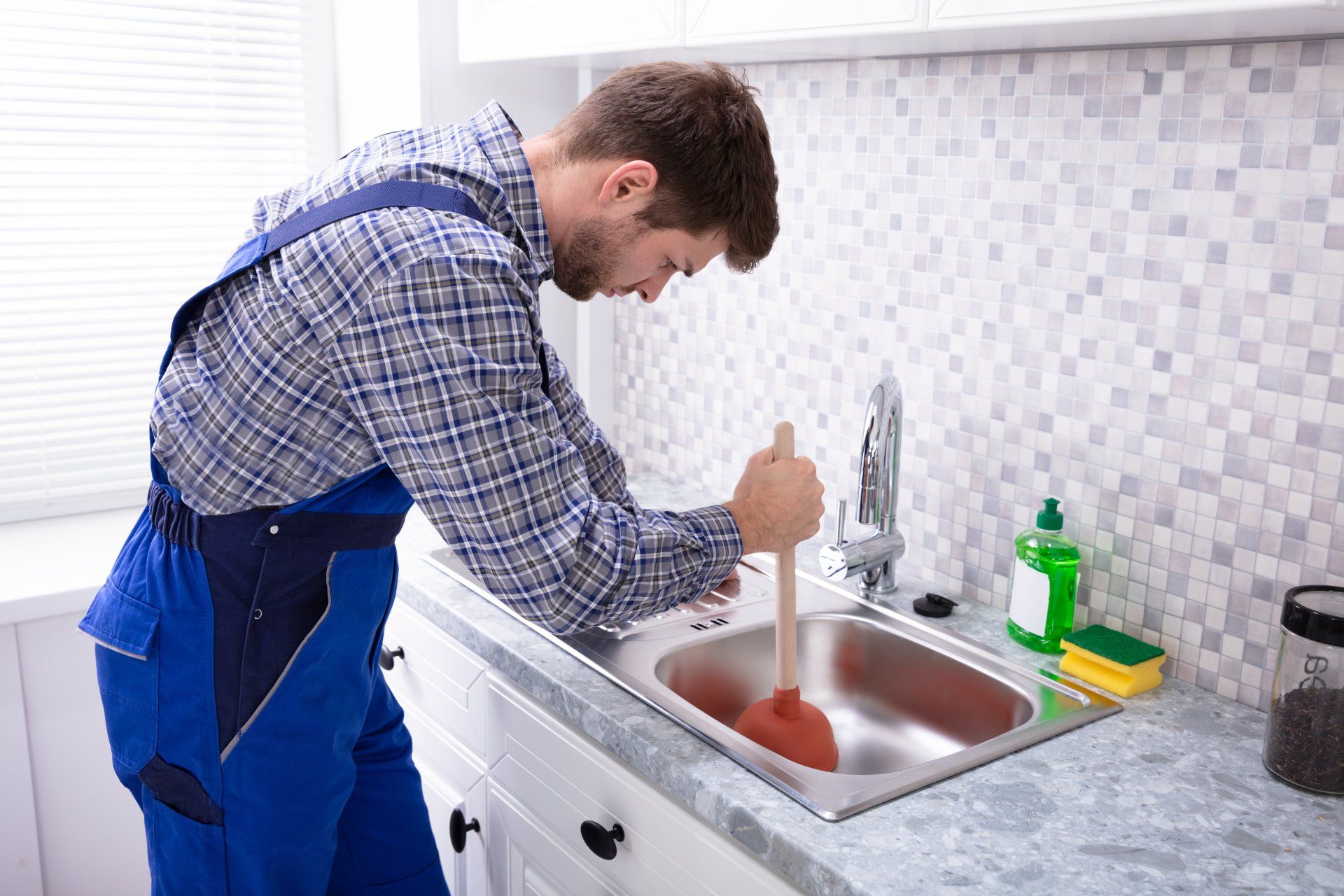
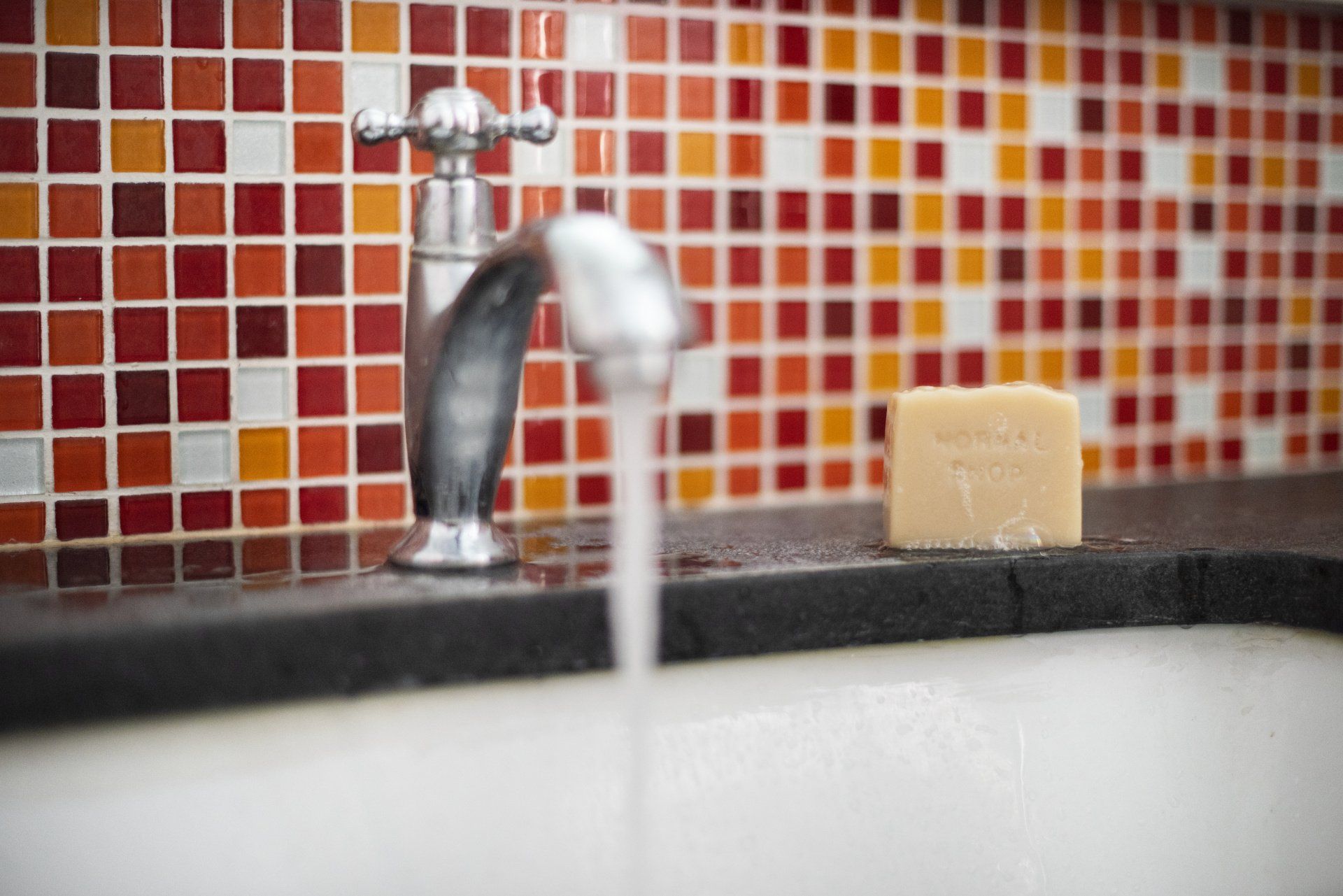



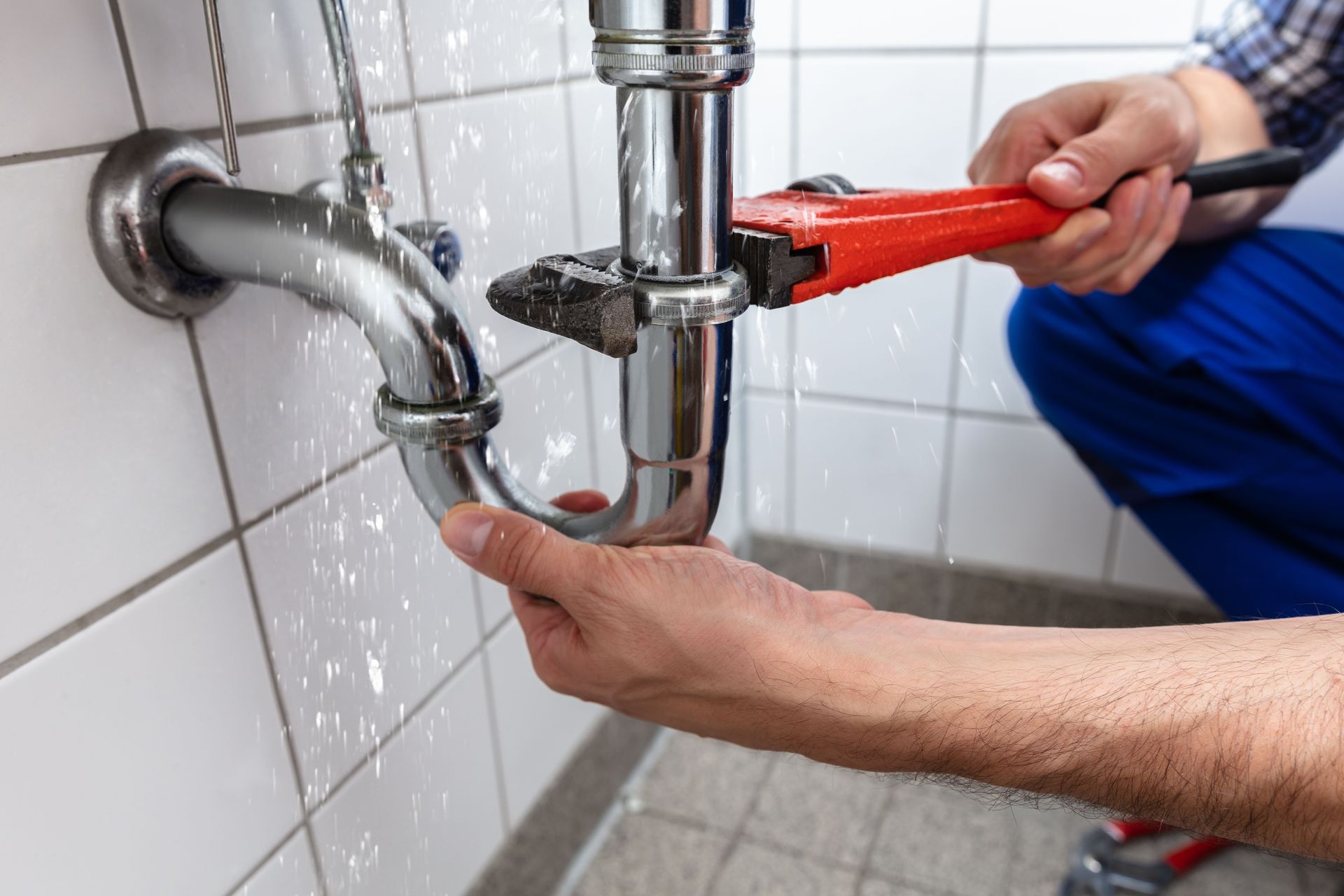
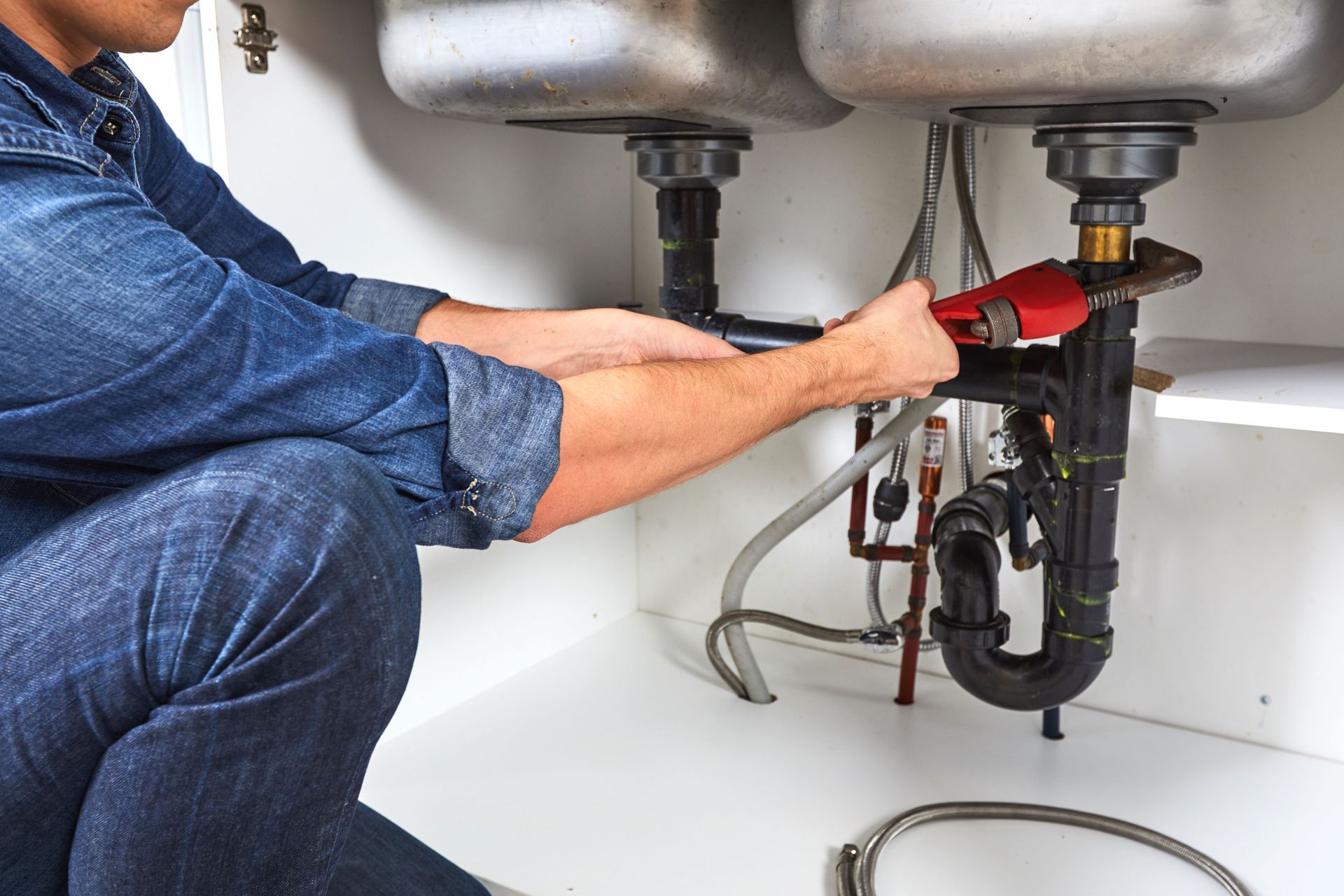
Share On: